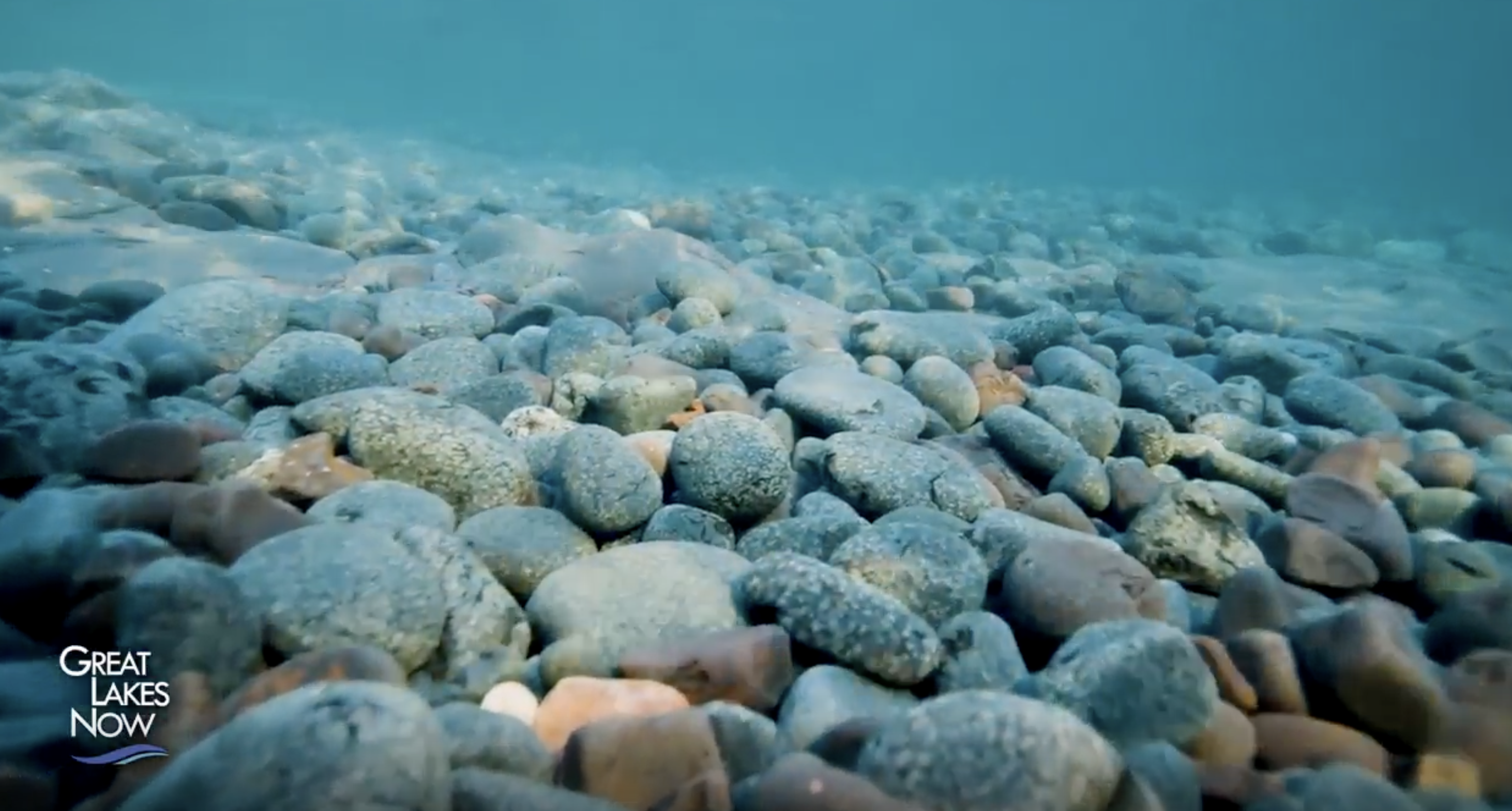
This lesson will explore the phenomenon of warming waters in Lake Superior. The coldest and largest of the Great Lakes has been experiencing steady increases in average temperatures for a few decades, enough to give rise to concern for the lake ecosystem, the weather patterns in the surrounding area, and more. But before solutions can be explored, we must first understand the problem. That’s why, through hands-on experiments, students will explore thermal stratification, model algal blooms, and investigate the impact of ice coverage.
- Know why the waters of Lake Superior are warming
- Understand how thermal stratification works in lakes
- Be able to model the albedo effect, thermal layering, and algal blooms with household materials
View the entire lesson plan including teacher background information, worksheets and more below or download for free here.
Activity 1:
This activity is a video discussion of a Great Lakes Now segment discussing how climate change is impacting the water temperature of Lake Superior. During the video they need to jot down four things they took away from the video using the 4 Notes Summary Protocol.
Watch a Great Lakes Now Segment
Activity 2:
In light of the rising temperatures in Lake Superior, the nearby national parks are trying to do something to combat the effects of climate change, which is warming the waters of the lake. Students will read about how the national parks around Lake Superior are taking significant steps to cut their carbon emissions by transitioning to renewable fuel sources in an effort to combat climate change.
In this activity, students will use a Think Pair Square Protocol for discussing what they will read about this very topic.
Read About National Parks Decarbonization
Activity 3:
The purpose of this activity is for students to understand how temperature affects water density and its implications for lake stratification.
Visualizing Thermal Stratification
Activity 4:
The purpose of this activity is for students to understand the conditions that lead to harmful algal blooms and their impacts on aquatic ecosystems and human health.
Investigating Lake Superior Algal Blooms
Activity 5:
The purpose of this activity is for students to investigate the relationship between ice coverage, the albedo effect, and warming waters.
Learn all about Warming Waters and Mutant Crayfish on the episode landing page.
If you use this lesson or any of its activities with your learners, we’d love to hear about it! Contact us with any feedback or questions at: GreatLakesNow@DPTV.org




